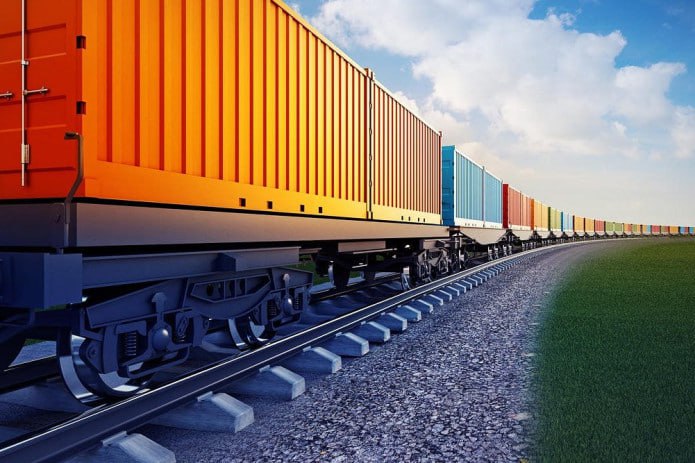BAKU, Azerbaijan, July 9. The recent escalation in tensions between Iran and Israel has significantly disrupted logistics routes across Eurasia, prompting Central Asian countries to urgently adapt to a rapidly changing landscape. Following airstrikes on infrastructure in Iran and the subsequent closure of its airspace, key cargo flows were forced to reroute, as ground transportation and airport operations across Iran were temporarily suspended.
Iran’s role as a regional gateway disrupted
Until recently, Iran had served as a vital southern logistics hub for Central Asia. Its ports—Bandar Abbas and Chabahar—and extensive railway network provided strategic access to the Persian Gulf, India, and the broader Middle East. However, this corridor is now under pressure. Turkmenistan and Uzbekistan, two of the region’s primary users of Iranian routes, have had to urgently rethink their logistics strategies.
"It’s no secret that the conflict in the Middle East is disrupting the timeliness and continuity of cargo deliveries—not just for the region, but for global logistics as a whole," said Mamanbiy Omarov, First Deputy Minister of Transport of Uzbekistan, in an interview with Trend.
The Middle Corridor gains momentum
As instability grows along the North-South corridor, Central Asian countries are shifting their focus to the Trans-Caspian International Transport Route, also known as the Middle Corridor. This route—linking Kazakhstan, the Caspian Sea, Azerbaijan, Georgia, Turkey, and onward to Europe—is gaining traction as a reliable alternative.
"To avoid disruptions in supply chains and rising transport costs, we’ve launched efforts with our partners to redirect cargo flows through alternative corridors," an Uzbek transport official stated.
In the short term, the Middle Corridor is emerging as the most viable alternative to Iranian routes. According to analysts, cargo volumes along the corridor have increased more than fivefold over the past three years—from 840,000 tons in 2021 to 4.5 million tons in 2024. The past year alone saw a 62% increase, with regional governments aiming to raise this figure to 10 million tons by 2030.
By combining rail and sea transport across the Caspian, the corridor now enables faster delivery to Europe—cutting transit times from 38–53 days to just 19–23 days, with ongoing efforts to reduce that to 15 days.
Uzbekistan responds swiftly
On June 23, 2025, Uzbek President Shavkat Mirziyoyev convened an emergency meeting in Tashkent to address trade and logistics risks.
"Transport, investment, trade ministries, and the Chamber of Commerce have been instructed to work closely with the private sector, assist with export-import operations, and help identify new markets," said Deputy Minister Omarov.
A special interagency task force has been established within the Ministry of Transport, working around the clock. A hotline and Telegram bot have been launched to help businesses report logistics issues in real time.
"The results are already visible. We’ve helped nearly 100 businesses reroute deliveries of food and medicine via alternative corridors," he added.
Despite the regional tensions, Uzbekistan continues dialogue with Iran. On June 2, during a ministerial meeting of the Economic Cooperation Organization (ECO) in Tehran, the two countries signed a memorandum of understanding.
"We agreed with our Iranian counterparts to explore the possibility of establishing Uzbek port infrastructure at Shahid Rajaee Port. This process is already underway," the Uzbek official said. Such a move would secure Uzbekistan’s access to the sea even amid geopolitical turbulence.
Rethinking logistics, together
The current crisis has spurred Central Asian countries to rethink their logistics strategies and cooperate more closely on new initiatives. Still, major challenges remain—from instability in Afghanistan and mismatched rail systems to sanctions on Iran.
The conflict in the Middle East has served as a stark reminder: over-reliance on a single corridor poses systemic risks. Today, Central Asia is redrawing its logistics map.
"Without a doubt, the conflict has negatively impacted global logistics. But we must develop alternative routes," Omarov concluded. "Uzbekistan is doing everything possible to stabilize trade flows with all partners, including Iran."
Uzbekistan, Kazakhstan, and other regional states are showing they’re ready to act swiftly and pragmatically. The current crisis is not only a challenge—it’s an opportunity to reimagine connectivity and strengthen the region’s transport resilience.







